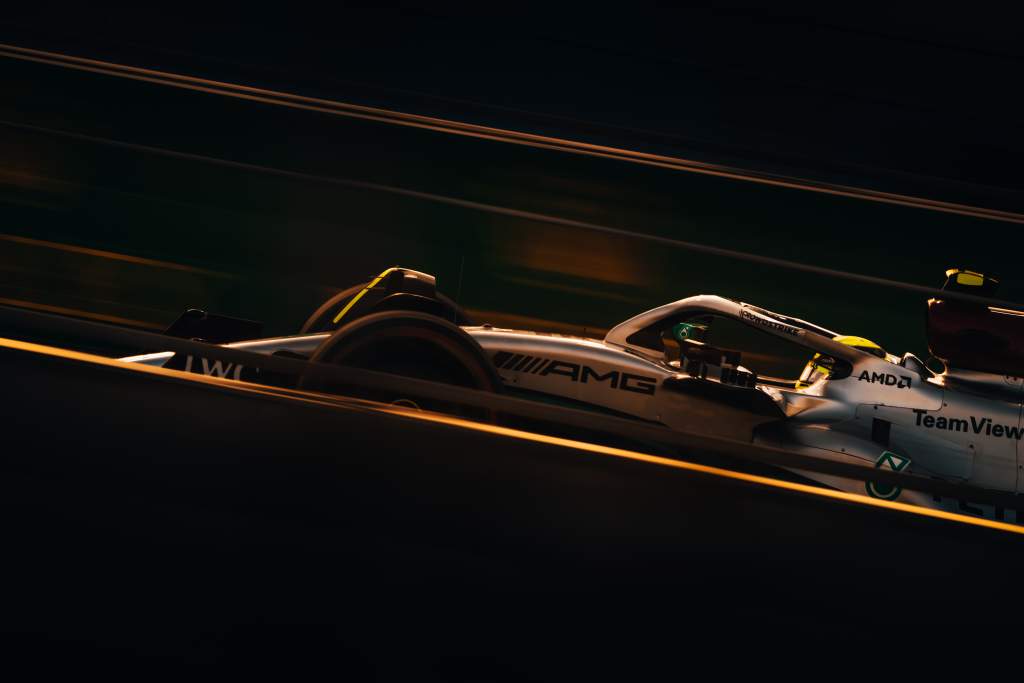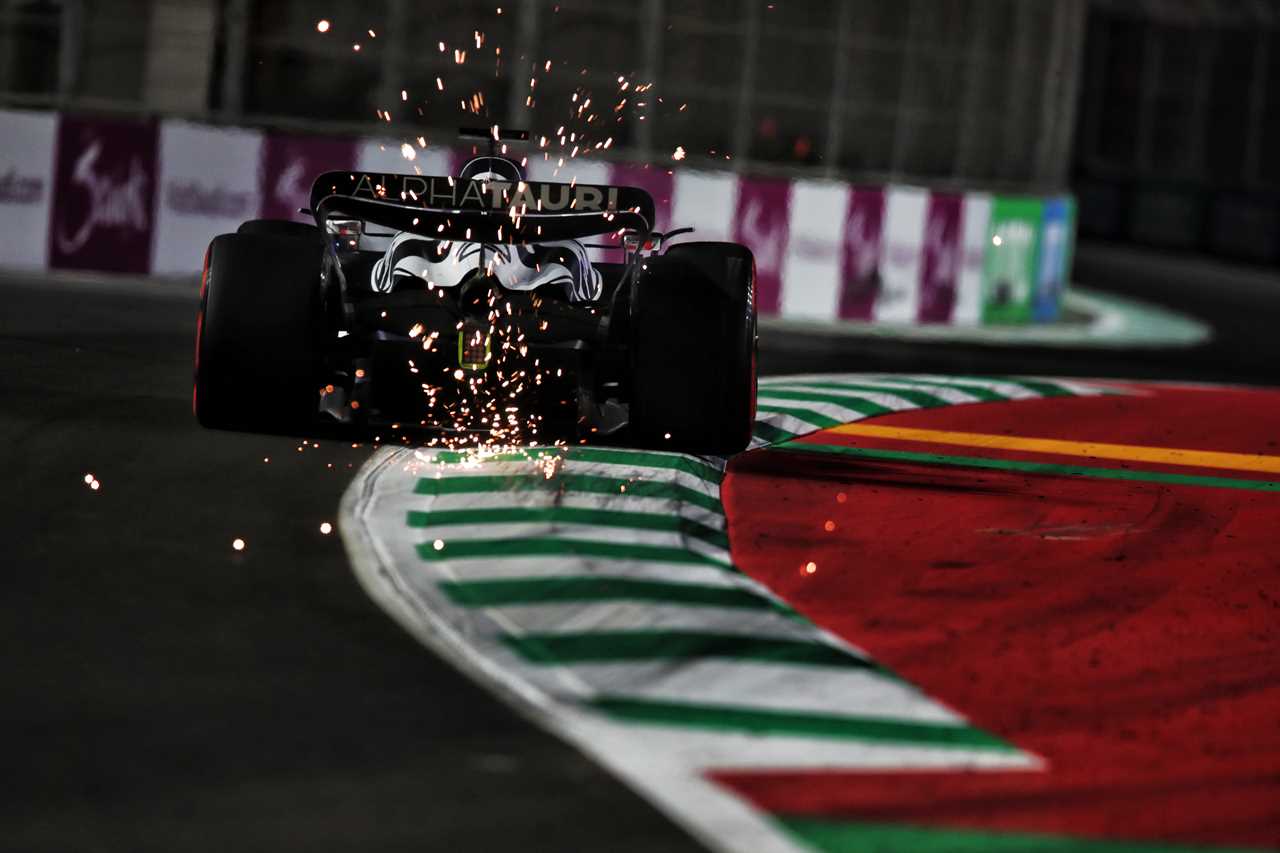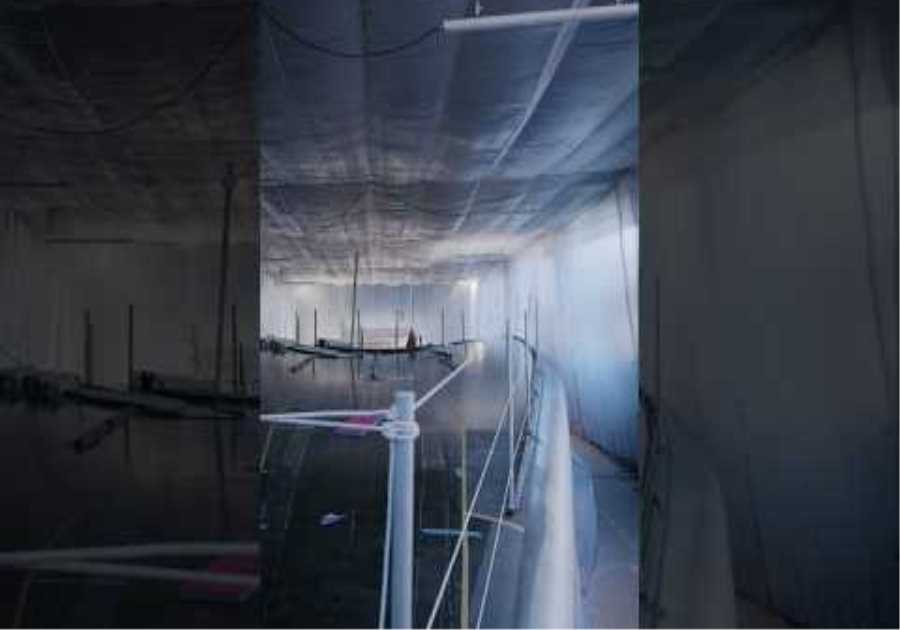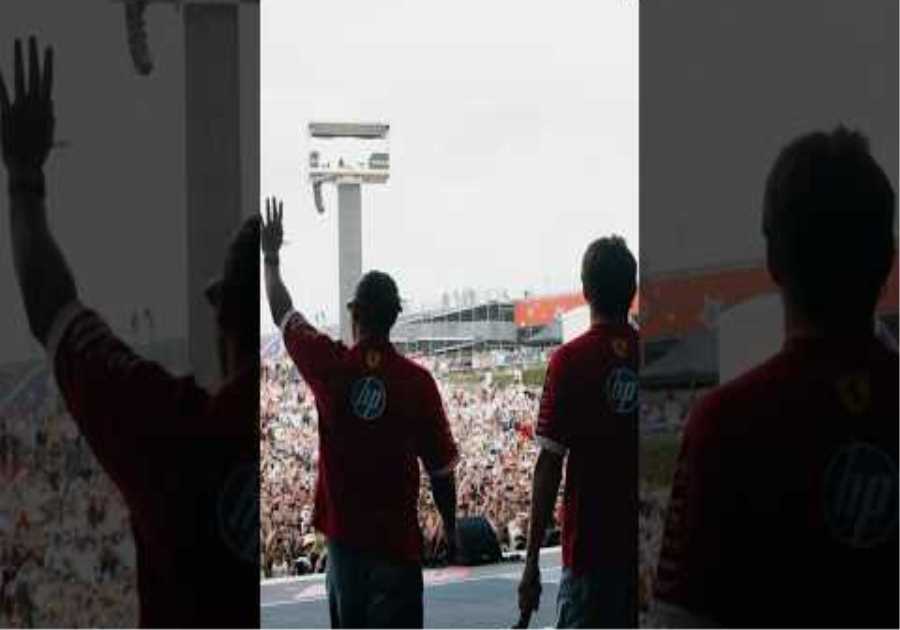
The Gary Anderson Podcast is an exclusive benefit for The Race Members’ Club, with members able to submit their Formula 1 design and technology questions to Gary for him to answer on the podcast.
This article is adapted from an answer Gary gives on the upcoming episode of the podcast to part of a longer question from Erwin Bogaard, who began by making the point that in F1’s 2022 rules “there seems to be a trade-off between maximum/peak downforce (Mercedes) and a little less downforce, but a driveable car (Red Bull/Ferrari)”.
Here’s Gary’s take on that:
The trade-off between peak downforce and average downforce has always been critical in Formula 1, and the return of porpoising under the 2022 aero rules adds another element to that equation.
Is Mercedes struggling because, although it has a high potential peak downforce, its need to combat porpoising prevents it from using it? And are Ferrari and Red Bull benefiting from having a lower peak but being able to consistently access their best performance?
The porpoising is coming from the underfloor of the car and the sealing of that underfloor. So in reality whenever we hear these teams talk of losing downforce, it’s the fact that they can’t get rid of the porpoising so they jack the rear ride height up a bit, which means that the floor doesn’t get quite so near the ground.
If you can imagine the floors themselves, the middle of the car – as we can see with all the sparks flying – and the plank touches the ground most of the time at high speed. The cars run very flat, the rear vertical stiffness is usually a little bit softer than the front vertical stiffness. The front of the car is really controlled quite a lot by its stiffness, so the rear of the car moves a little bit more.
The outer foot of the floor itself should be 10mm at worst off the ground – because the mandatory plank is 10mm thick. So if you go down the straight and the car’s all loaded up properly, the plank’s on the ground, and the side of the floor should be 10mm off the ground. But that’s the problem, it’s obviously not often because you do get flexing and the loads are quite incredible in these things. In the old days of ground effect, you’d see the stays that held the floor on just pulling themselves out of the monocoque.

It’s the flexing of the floor that makes that porpoising a bit worse, and that’s why some of them have put the stays in some places. I don’t think that the rear corner, just in front of the rear tire, is the most productive place to put that stay, because there’s quite a lot of aero leakage there because of the tire squirt. I think a bit further forward would give more benefit, somewhere maybe half a meter forward of that. But that’s up to the teams to work out where the stiffest part of the floor is.
If you have to jack the rear ride height up to save the porpoising that’s costing you downforce from the underfloor, so if you let it down you get more downforce but you also get the porpoising. So you have to get your compromise at the moment.
Some teams have got a good compromise for that and the performance is high with very little porpoising, if any at all. Other teams have a porpoising problem and the performance is bad, even if they have jacked the rear ride height up.
So it’s about the engineers coming up with a way to fix it, and the big problem is it needs to be run at the track to really get the understanding of it. I’m sure by now some teams will have a reasonable understanding of it, and the things that are affecting it, away from the track.
But again porpoising happens because of the overall downforce the car is generating at a certain point and speed: when it gets so close to the ground and stalls it means that the downforce reduces, it goes to a lesser number, so the car rises up.

The trick thing to do, and I’m sure this is where Red Bull gains, is to not actually reduce the downforce. The downforce might not gain as quickly as it would by the speed increase, but the team doesn’t actually reduce it, the car doesn’t move upwards, it just doesn’t go downwards as fast. That’s the trick, just get a controlled stall as opposed to an uncontrolled stall.
But give it a couple more races again and I’m sure we’ll see quite major changes in how teams are handling the problem and therefore the order.
I’ve always said that the key is to drive within the ‘troughs’ of your downforce. It’s all well and good saying you have great ‘peak downforce’, but if it only works occasionally that’s a problem.
You can get big steps by using peaky downforce, and the driver might be able to use it on the odd occasion but they’ll definitely make more mistakes and using it in a race might be quite difficult. It definitely wouldn’t be possible for 50 laps.
You have to say that the trough of downforce is where the driver can really use it and feel it, and it’s just making sure that you don’t have peaky downforce that bites the driver, sends them into a moment in the middle of a fast corner and causes them to back off and not go near the potential upper level of performance of the car.
So good average downforce is always going to be better than peaky downforce.






